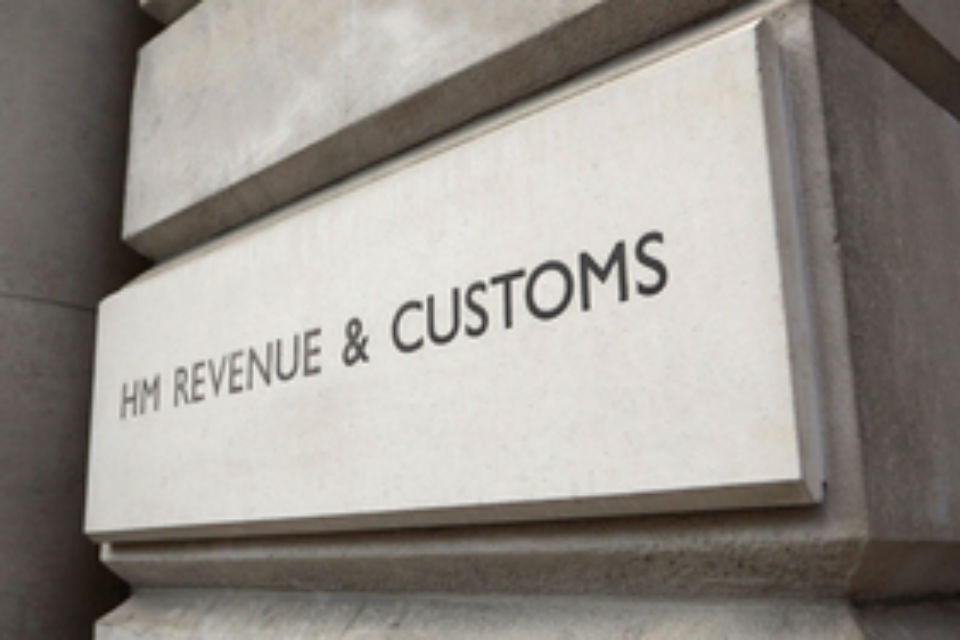Janet Hughes, programme director of the Government Digital Service’s flagship Verify identity assurance scheme, has become the latest senior digital leader to announce her departure from the civil service.
Hughes has served as programme director of GOV.UK Verify, a key part of GDS’s Government-as-a-Platform strategy, since July of last year, and has been at the central government digital team since May 2013.
Verify aims to cut out face-to-face verification work for departments, by allowing citizens to prove who they are online just once — and then use that identity across a range of government services.
It went live in May after passing its service assessment, with Hughes saying the service was “ready for larger-scale adoption by departments”. It has been trialled across ten services in six departments, including the Driver and Vehicle Licensing Agency, and the Department for Work and Pensions (DWP).
GDS sets out plans for GOV.UK Verify local pilots
Cost challenges identified for local government ID verification
GDS must consider different data sources for GOV.UK Verify, says TechUK
However, HM Revenue and Customs (HMRC) – one of the biggest government departments – has reportedly been building its own identity system in parallel to Verify, and an early version of the platform was criticised by MPs for contributing to delays in paying agricultural subsidies to farmers through the Rural Payments Agency.
Announcing her departure in a GOV.UK blog, Hughes said that Verify had entired a “new phase”, and said it was “time for the team to change” and for her to “move on to new challenges”.
Hughes confirmed that she would be leaving government at the end of this week, with Jess McEvoy, who is currently head of policy and engagement for Verify, stepping up to serving as programme director on an acting basis.
The outgoing Verify director added: “I’m very proud of everything we’ve achieved so far, and grateful to have had the opportunity to be a part of the first few years of GOV.UK Verify’s development.
“We’ve been fortunate to receive a huge amount of help and support from colleagues across government, in industry and among privacy and consumer groups, and I’m also very grateful for all of the support I’ve received personally in my role as programme director. Thank you all, I’ve learned a huge amount and it’s been an incredible privilege.
“I’m really looking forward to seeing how GOV.UK Verify develops over the next few years, and delighted to be handing over to a fantastic team for the next phase.”
Hughes’ departure from one of GDSs’ most high-profile projects comes after Stephen Foreshew-Cain, executive director of the GDS for less than a year, was replaced earlier this month by Kevin Cunnington, former the top digital official at the DWP.
The move – which came amid changes in the digital teams at the Home Office and HMRC – led some commentators to warn that GDS, which was set up in 2011 to transform government’s approach to digital services from the centre and which received strong political backing from former Cabinet Office minister Francis Maude, was being sidelined.
That has been denied by Cunnington, who took to the GOV.UK blog earlier this month to make a robust defence of the organisation.
“I’ve read many times about the end of GDS, but it has always come back stronger than before,” the new GDS director general wrote.
“I want to tackle one thing head on: GDS will not be broken up. We remain part of the Cabinet Office with a clear mandate to lead digital, technology and data across government.”
Cunnington on Tuesday paid tribute to Hughes, saying she had played “a huge part in the digital journey across government”.
Commenting on Hughes’ departure, Andrew Greenway, a former programme manager at GDS and a regular contributor to PublicTechnology.net, said the outgoing Verify chief was an “exceptional civil servant” capable of “winning respect far beyond GDS”.
He added: “Her departure will leave many in government with a sense of loss. Shepherding GDS’ most fiendishly complex programme through to a public launch would be plenty to make her legacy one of real substance.
“But it was her unashamedly positive case for driving Whitehall to work better, and the way she exemplified it, that will continue to embolden those who worked with her.”



